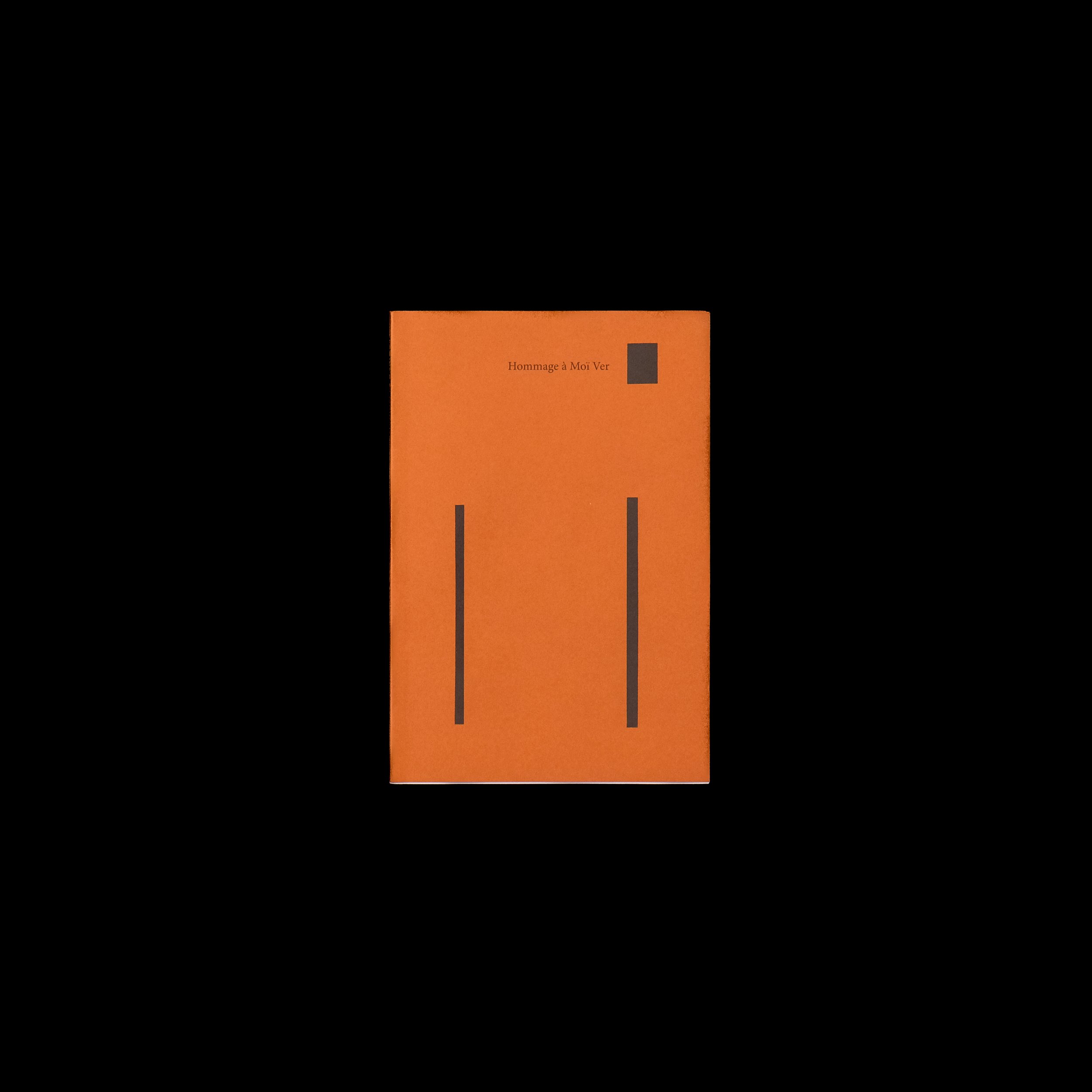 Image 1 of 1
Image 1 of 1


TRIBUTE TO MOÏ VER, THE GHETTO LANE IN WILNA - Moï Ver, Moshe Raviv-Vorobeichic
Hommage à Moï Ver constitutes what Lesley Martin calls a "double pleasure", that of the facsimile reprint of a modernist photobook classic, and that of a second volume enclosed in the same slipcase that offers a curatorial approach and rich historical context to said publication. "An excellent way of presenting the book as it was originally published, complete with new studies and commentary," concludes Martin. Moï Ver is best known for his canonical work, rustling with the dizzying energy of the eponymous city, Paris (1931).
That same year, the Lithuanian-born photographer, whose real name is Moses Vorobeichic, published Ein Ghetto im Osten-Wilna [A Ghetto in East Vilnius]. Two subjects that might surprise the contemporary reader, so different they seem: a city at the heart of modernist art and literature in the early 20th century, facing the sometimes sleepy, sometimes lively Jewish quarter of Vilnius in Lithuania (a city that was tragically destroyed by Nazi forces). But both were dynamic European capitals at the time; and in both books, Moi Ver uses the same avant-garde approach to images - collage, double exposure, cropping and placement on the page - with the same personal, constructivist verve.
Published by Sigute Chlebinskaite, Mindaugas Kvietkauskas and Nissan N. Perez, 2019
13.2 x 19.2 cm
192 pages
ISBN: 9786094252693
Hommage à Moï Ver constitutes what Lesley Martin calls a "double pleasure", that of the facsimile reprint of a modernist photobook classic, and that of a second volume enclosed in the same slipcase that offers a curatorial approach and rich historical context to said publication. "An excellent way of presenting the book as it was originally published, complete with new studies and commentary," concludes Martin. Moï Ver is best known for his canonical work, rustling with the dizzying energy of the eponymous city, Paris (1931).
That same year, the Lithuanian-born photographer, whose real name is Moses Vorobeichic, published Ein Ghetto im Osten-Wilna [A Ghetto in East Vilnius]. Two subjects that might surprise the contemporary reader, so different they seem: a city at the heart of modernist art and literature in the early 20th century, facing the sometimes sleepy, sometimes lively Jewish quarter of Vilnius in Lithuania (a city that was tragically destroyed by Nazi forces). But both were dynamic European capitals at the time; and in both books, Moi Ver uses the same avant-garde approach to images - collage, double exposure, cropping and placement on the page - with the same personal, constructivist verve.
Published by Sigute Chlebinskaite, Mindaugas Kvietkauskas and Nissan N. Perez, 2019
13.2 x 19.2 cm
192 pages
ISBN: 9786094252693
